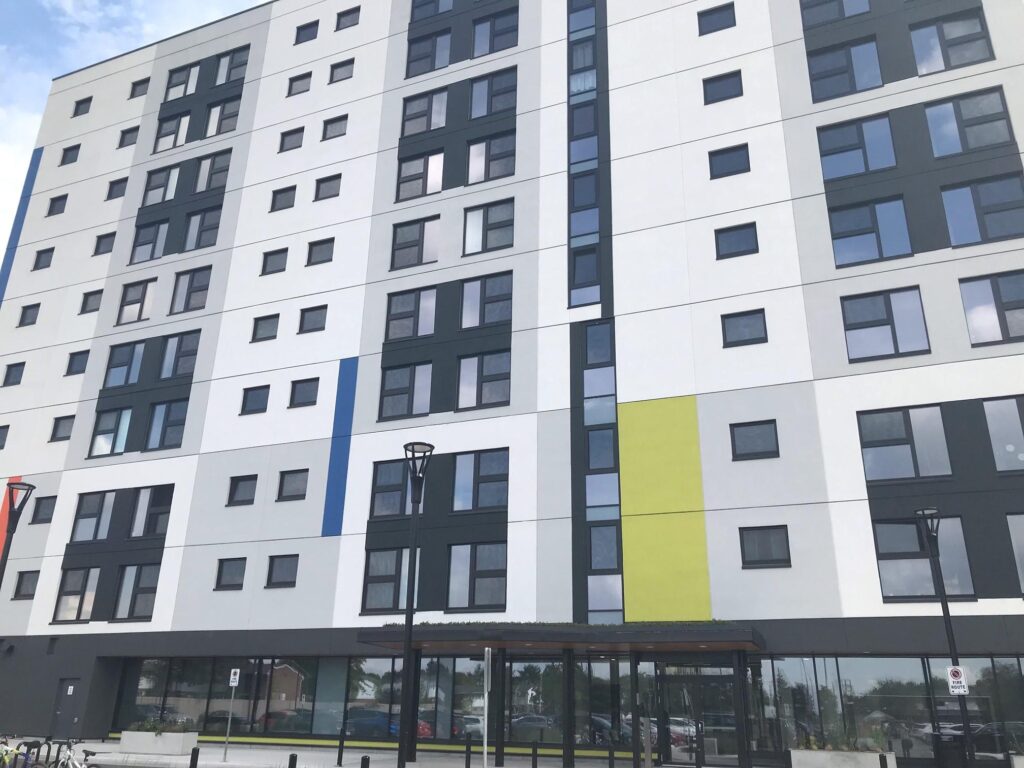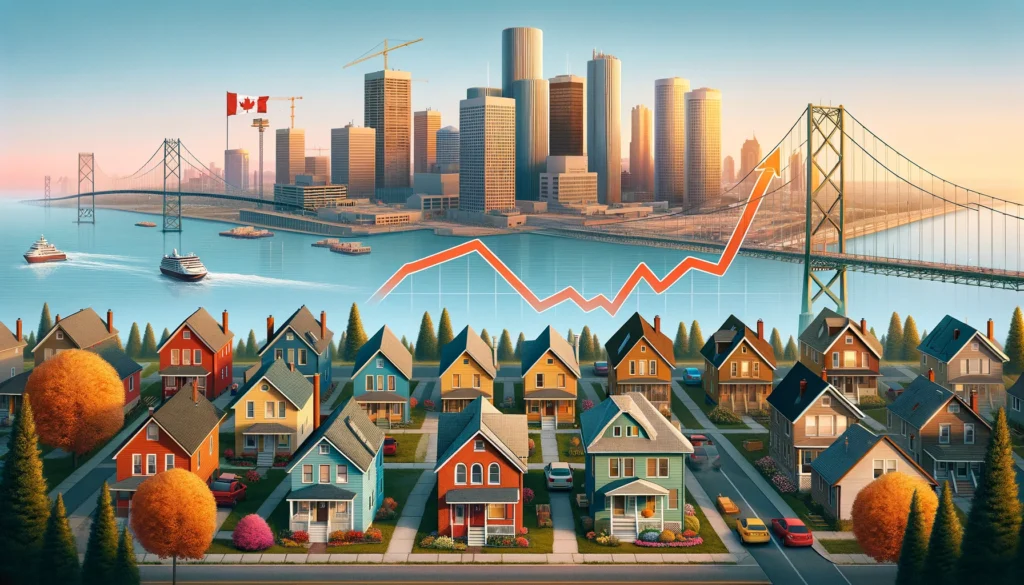
Windsor, Ontario, often referred to as “The Rose City”, is a dynamic urban center with a rich tapestry of cultures, industries, and histories. As it continues to evolve and grow, Windsor faces the multifaceted challenge of ensuring affordable housing for its residents. Here’s a comprehensive look at the factors shaping this challenge:
1. Economic Transition and Urbanization
- Manufacturing Legacy: Historically, Windsor was a hub for manufacturing, especially in the automotive sector. As the global economy shifts, so does Windsor’s industrial landscape.
- Emerging Industries: New sectors, such as technology and healthcare, are drawing a younger, diverse workforce to Windsor, increasing demand for housing.
- University and College Growth: The expansion of institutions like the University of Windsor and St. Clair College attracts students, further pressuring the rental market.
2. Land Availability and Urban Planning
- Geographical Limitations: Bordered by the Detroit River and Lake St. Clair, Windsor’s expansion options are naturally limited.
- Heritage and Conservation: Windsor’s commitment to preserving its historical sites and green spaces restricts housing development areas.
3. Regulatory and Policy Dynamics
- Municipal Zoning: Windsor’s zoning by-laws ensure orderly development but might limit higher-density, affordable housing options.
- Infrastructure Development: Expanding the city’s infrastructure to support new housing developments requires careful planning and significant investment.
4. Real Estate Investment Dynamics
- Proximity to the US: Windsor’s unique position as a border city makes it attractive for cross-border investments, influencing property values.
- Vacation and Second Homes: The city’s scenic riverfront and cultural attractions draw individuals looking for vacation or second homes, potentially driving up prices.
5. Construction, Renovation, and Development Costs
- Aging Housing Stock: Many of Windsor’s homes are older and may require significant renovations to meet modern standards, adding to housing costs.
- Supply Chain Challenges: Global supply chain disruptions, as reported by CBC, can increase the cost of building materials.
6. Socio-Economic Factors
- Income Disparity: While some sectors in Windsor have seen economic growth, not all residents have benefited equally, leading to disparities in housing affordability.
- Retiree Population: Windsor attracts retirees due to its amenities and relatively lower living costs. This demographic shift can influence the types of housing in demand.
7. Environmental Considerations
- Climate Change Impact: Windsor’s location makes it susceptible to extreme weather events, such as flooding, which can impact housing safety and insurance premiums.
- Sustainable Development: There’s a growing emphasis on building eco-friendly homes, which, while beneficial in the long run, might have higher upfront costs.
8. Community and Cultural Dynamics
- Diverse Needs: Windsor’s multicultural population requires diverse housing solutions, from multi-generational homes to accommodations for newcomers.
- Community Initiatives: Grassroots movements and community organizations play a role in shaping housing discussions, emphasizing inclusivity and affordability.
Conclusion:
Windsor’s affordable housing challenge is a reflection of its unique character, growth trajectory, and the broader economic and social trends in Canada. Addressing this challenge requires a holistic approach, considering not just economic factors but also the city’s cultural, historical, and environmental context. As Windsor charts its future, the collaborative efforts of policymakers, real estate professionals, community leaders, and residents will be crucial in crafting a housing landscape that is both vibrant and inclusive.

